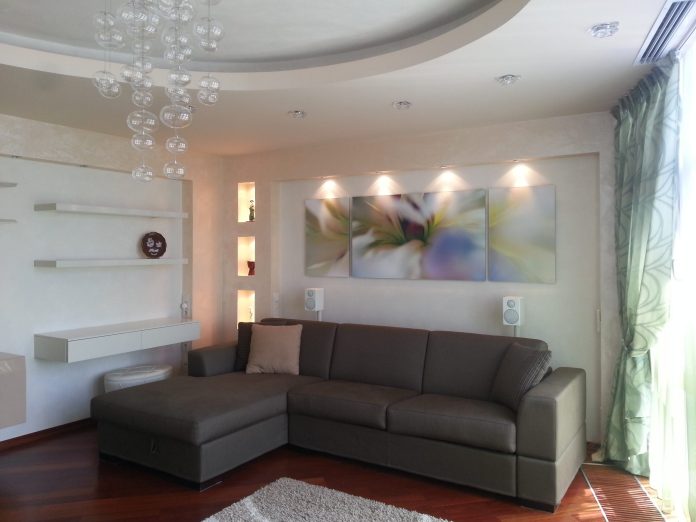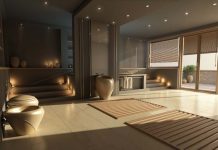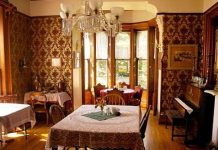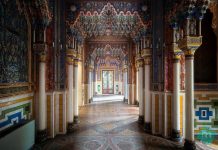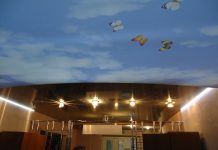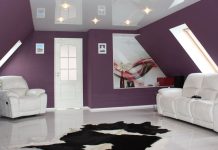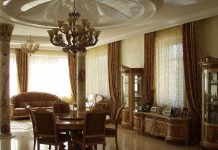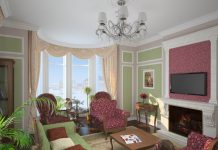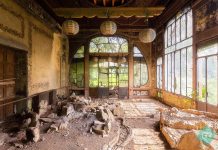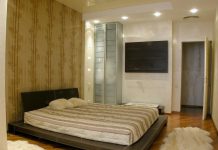It has long been no secret that how a person feels, such an environment and strives to create. Everyone has their favorite corners of nature, streets and places. Why do these places become so dear to the heart? They are united by one thing – a specially organized space that meets the inner ideas of harmony. The possibilities of the impact of the surrounding space on a person are amazing. For example, living in a psychologically comfortable room can prolong life up to 5-10 years!
Perhaps the most important factor affecting the human psyche is light. Bright or dim, multicolored or neutral – it accompanies us all our conscious life. From the point of view of design psychology, daylight and the glow of a splinter have a favorable spectrum. A variety of technical devices make it possible to achieve lighting that is close in spectrum to natural. This is also facilitated by the distribution of light sources in small groups. It is equally important to take care of installing devices that allow you to smoothly change the level of illumination of the room, for example, as it happens in a cinema.
The most important elements of the interior include space. Open and with rounded corners or closed, with well–defined borders, square in shape and with high ceilings, or elongated and of small height – there are a lot of variations. The subconscious mind contains its own idea of harmony and it must be taken into account in an effort to create the optimal shape and size of the room. The arrangement of furniture, various partitions, screens and columns helps in this.
Scientists have repeatedly made attempts to sort out individual mental properties and personality qualities. But only in recent years have they become interested in linking existing classifications with design preferences.
Depending on the temperament, preferences in the size of personal space are revealed. The melancholic is recognized as the most demanding in this regard. Choleric needs not much less. And the most unassuming type in this regard turned out to be phlegmatic.
Another classification is based on color preferences (Max Lusher). According to it, each color is characterized by certain preferences in design and architecture. So, people whose main color is blue are more self-contained and, above all, seek security and safety. Such people prefer alcoves, niches and small rooms, low ceilings and windows divided into a large number of sections. People of the “blue” psychotype choose soft to the touch and natural materials for furniture and interior design.
The “yellow” type is cheerful, such a person is like the sun. He needs a lot of space, large windows, light furniture, an abundance of glass, mirrors and glitter.
People with a “green” psychotype are demanding and strict. They are always serious and concerned about something, their status in society is of great importance to them. Therefore, their preferences lie in the field of win-win classics: high elegant furniture, sky-high ceilings, geometrically correct wrought-iron grilles on windows and doors. Among the favorite materials are stone and metal.
Representatives of the “red” type always strive for non-trivial and original solutions. It is here that you can find galleries and colonnades, lofts and penthouses. Furniture covered with exotic animal skins is also their whim.
Among the traditional classifications, one more can be distinguished: the division into “physicists” and “lyricists”. For the former, the world is clearly divided between concepts. It should always be simple and logical to the smallest detail. A scrupulous logician can distinguish many little things, tones and shades. More creative “lyricists” perceive the surrounding space as a whole, and therefore prefer large decorative elements and clear colors.
Knowledge of the psychology of design will help to create the most comfortable home and workplace. The house will become really cozy and hospitable, and the workflow will cease to be a duty.

